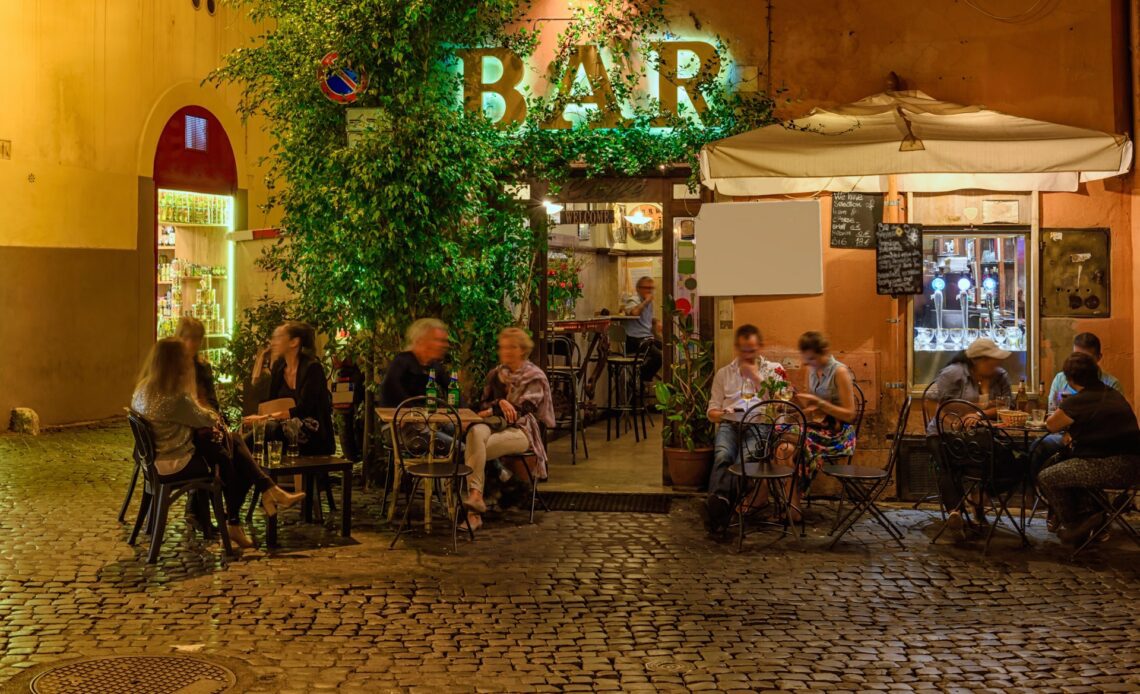Rome, like all great cities, is a carnival. Once you’ve paid your ticket to enter, the world of wonders opens up, most of which are just a click of the heels away. For a fee, of course. But the thing about carnivals is that beyond the big prizes and fast rides, there are scores of things to do and see and be delighted by, many of which do not involve leaving with empty pockets and shattered expectations. So too can you visit Rome without over-extending your budget. With a little organizing and a lot of creativity, Rome might be one of the easiest cities in the world to dive in and join the party.
Find the neighborhood that matches your budget
Like most major cities, there are a range of things to see, do, eat, and drink: you can break the bank on bucket-list wishes or stretch your funds as far as you need them to go. Whatever you’re looking to get from a trip to Rome, however, it’s best to start with realistic expectations. If you’re planning to sleep near the Trevi Fountain or Spanish Steps, be prepared to spend at least €200 a night for a mid-range hotel. Likewise, you’ll likely pay more than €3 for a coffee, €10 for a pizza, and exponentially more for dinner (think €50 per person). But with a few easy adjustments and a shift in your perspective, you’ll find more budget-friendly options that will very likely be unbeatable experiences. Plan for a budget of around €100 to €250 per person per day.
Do your homework
Rome is basically a living museum and as such, it helps to get a sense of it before you arrive. By learning a bit more about the city you’ll find plenty of free, lesser known sites that are just as fascinating as the iconic stops, and what’s more, you can plan walking tours to soak it all in at your own pace. The epic Circo Massimo is only a short walk away from the Forum and you can wander the grounds like a gladiator or visit the carefully curated Rose Garden that sits right above it. Or go a bit further afield to the Pyramid of Caius Cestius in Ostiense, where the Non-Catholic Cemetery of Rome hides some of the city’s most eclectic residents.
Planning tip: Architectural historian Agnes Crawford’s free newsletter Understanding Rome is a great place to start planning your journey….
Click Here to Read the Full Original Article at Stories – Lonely Planet…
